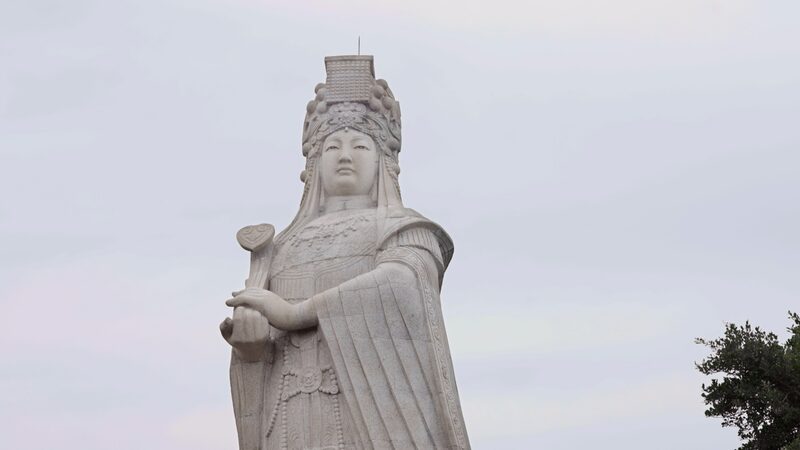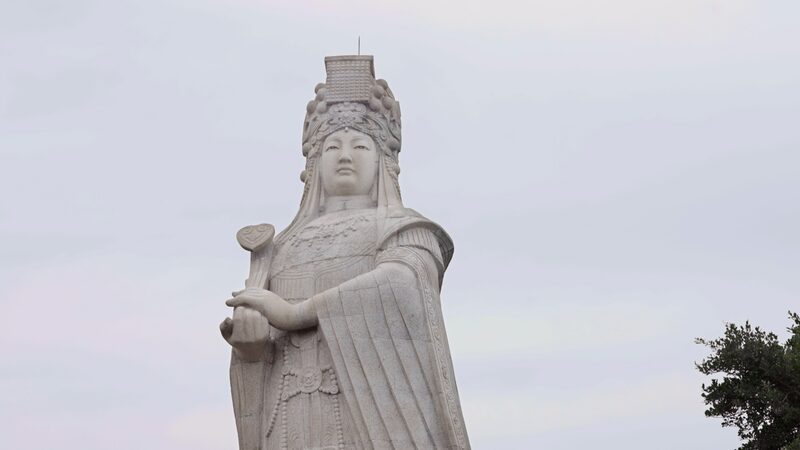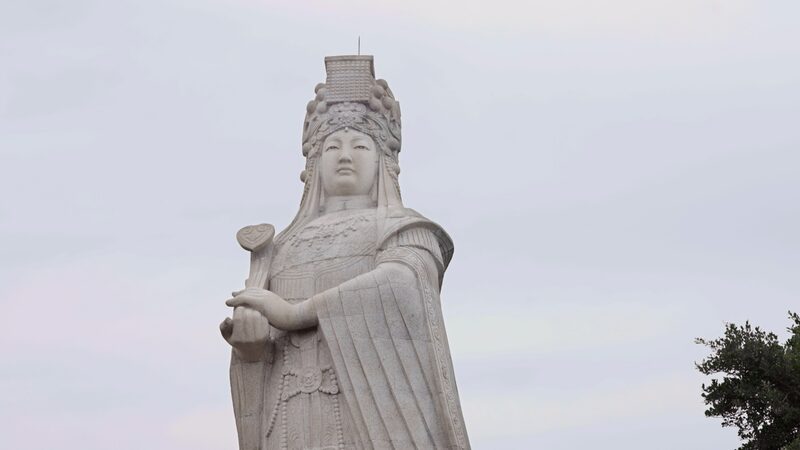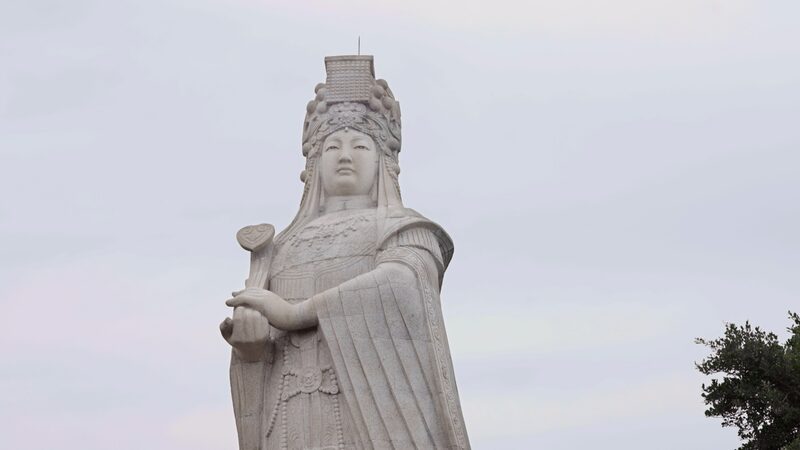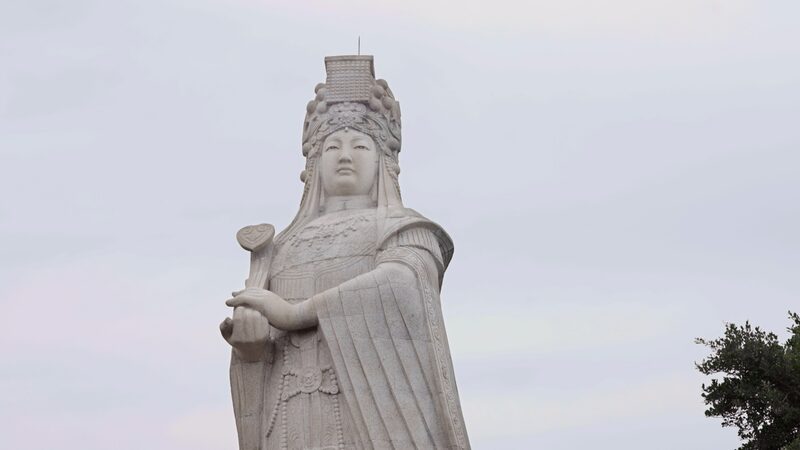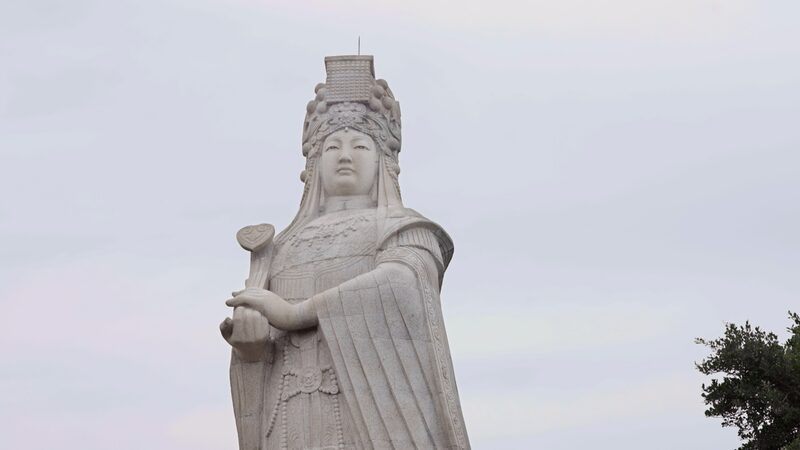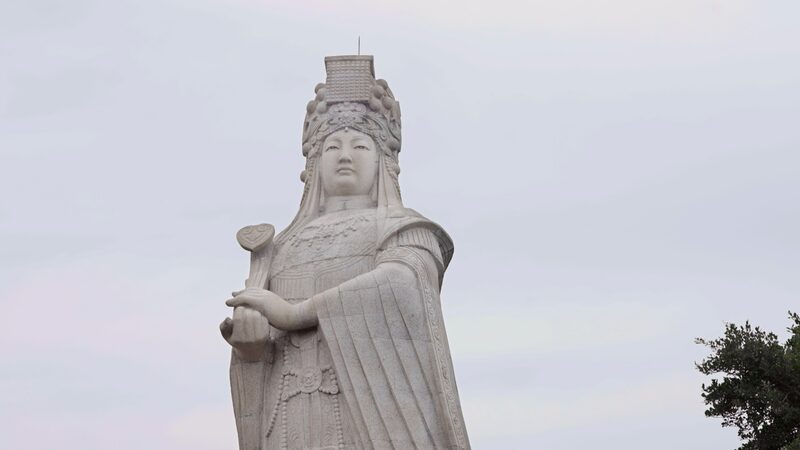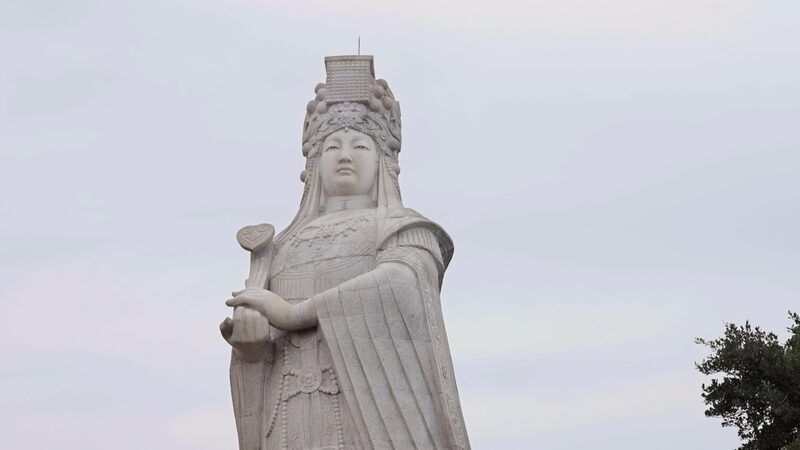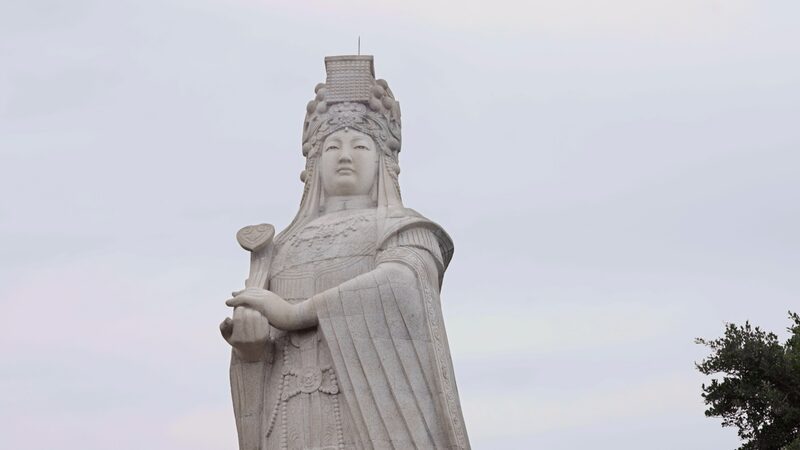Perched majestically on Meizhou Island in Fujian Province, southeastern China, stands a grand statue of Mazu, the revered sea goddess venerated by millions across Asia. This iconic figure gazes resolutely across the expanse of the Taiwan Strait, embodying centuries of maritime heritage and cultural devotion.
Unbeknownst to many visitors who flock to this sacred site, the statue is part of a remarkable pair. Its counterpart graces the top of the Mazu Culture Tower at Chaotian Temple in Beigang on the island of Taiwan. Together, these twin statues symbolize the enduring bonds of faith and heritage that traverse the waters between Fujian and Taiwan.
Mazu, known as the guardian of fishermen and sailors, holds a special place in the hearts of coastal communities. The legend of her benevolence and miraculous deeds has been passed down through generations, fostering a shared cultural identity among those who call the shores of the Taiwan Strait home.
The presence of the twin statues serves not only as a testament to religious devotion but also as a poignant reminder of the deep-rooted connections between people separated by the sea. The statues face each other across the strait, embodying hopes for peace, prosperity, and unity.
Visitors to Meizhou Island and Beigang are invited to explore the rich history and traditions surrounding Mazu worship. The sites offer a glimpse into rituals, festivals, and the communal spirit that continues to thrive in these regions.
As the sea goddess watches over the waves, the twin statues of Mazu stand as enduring symbols of shared heritage, bridging distances and bringing communities closer together across the Taiwan Strait.
Reference(s):
The Journey of the Goddess | The story of the Mazu stone statues
cgtn.com
